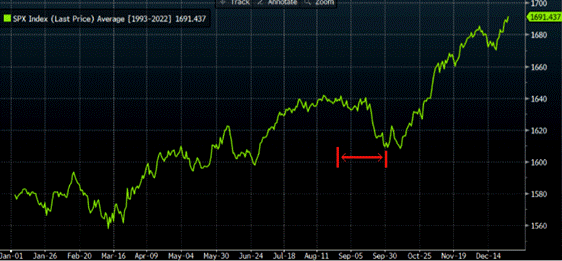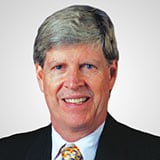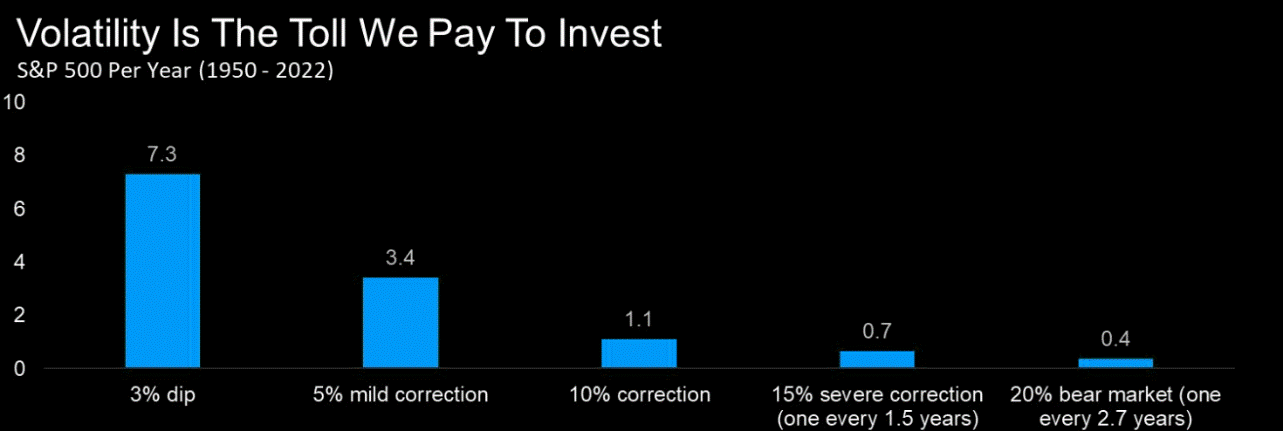Here’s what to take away from Fed Chairman Jay Powell’s speech: Interest rates will go “Not much higher but, yeah, stay high for longer.” Why? It’s been 17 months since the Fed started raising interest rates. The lag between what they do and when and how it impacts the economy is somewhere between 12 and 24 months – say, 18 months, says Michael Murphy, editor of New World Investor.
The economy is about to weaken steadily, in part due to the resumption of student loan payments in September. In the “not much higher but probably for longer” environment, stocks of companies that execute well can go much, much higher. Bond yields probably will stay high for a long time, but not go much higher.
All of this sturm und drang comes when the market is vulnerable, as you could see after Nvidia’s (NVDA) blowout quarter did nothing to prevent a 59-point decline in the S&P 500. This chart shows the average intra-year seasonality of the S&P over the past 30 years.

In the always-illiquid and news-slow August, this is an important chart to explain the current price action and also zeitgeist. Almost everyone agrees that we should trade down now but almost no one thinks we have peaked for the year. It’s probably going to be a rough ride through September and maybe into the first half of October.
A normal year sees more than three separate 5% corrections per year. The S&P was recently down 5.3% from the late July peak, so we have the second 5% pullback this year. This is normal action after a huge rally into a seasonally weak period.
Finally, the fractal dimension clearly is in consolidation mode and probably will be there for at least two more weeks and possibly six or seven weeks. Then there will be plenty of energy for the year-end rally.


















